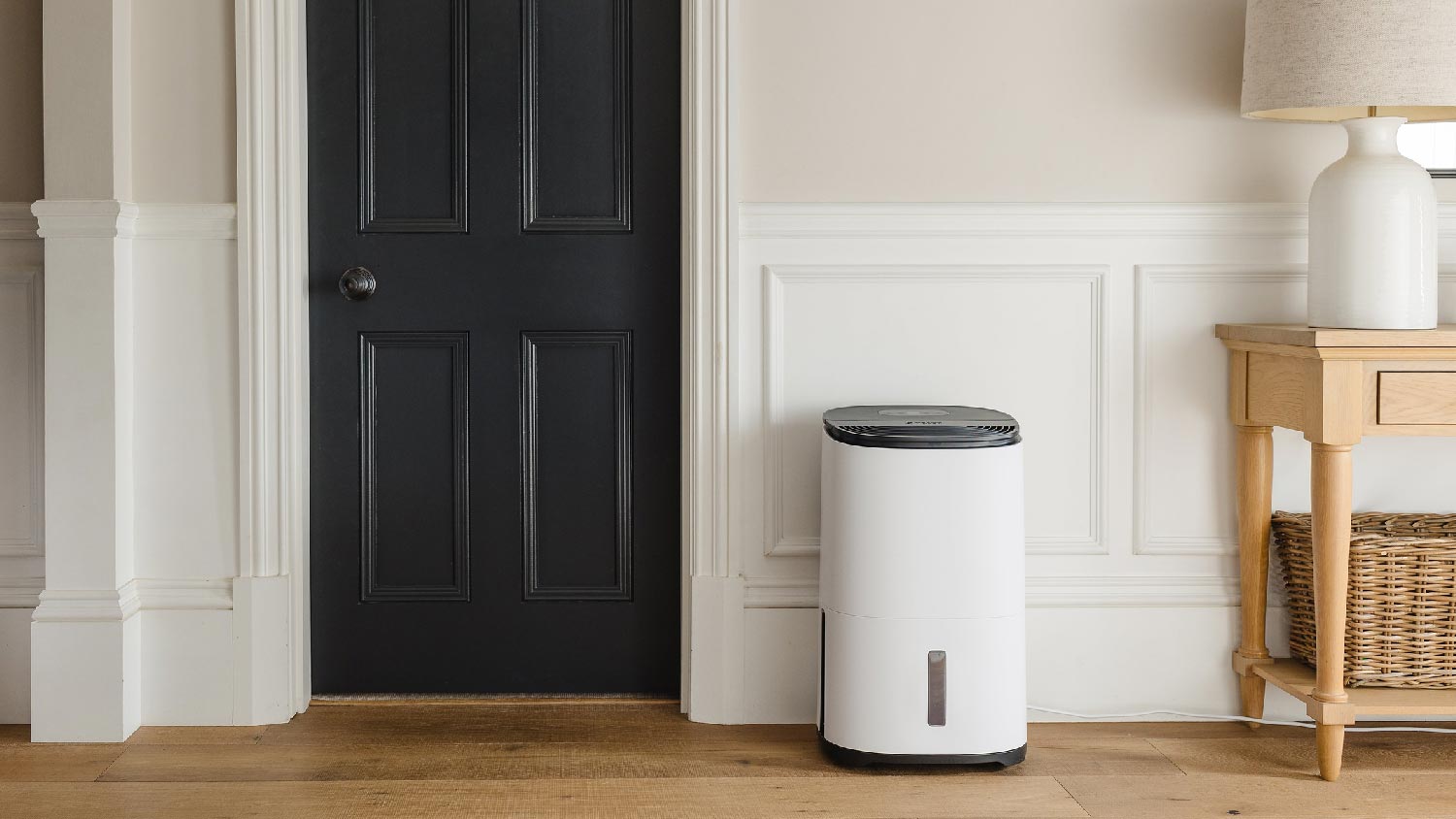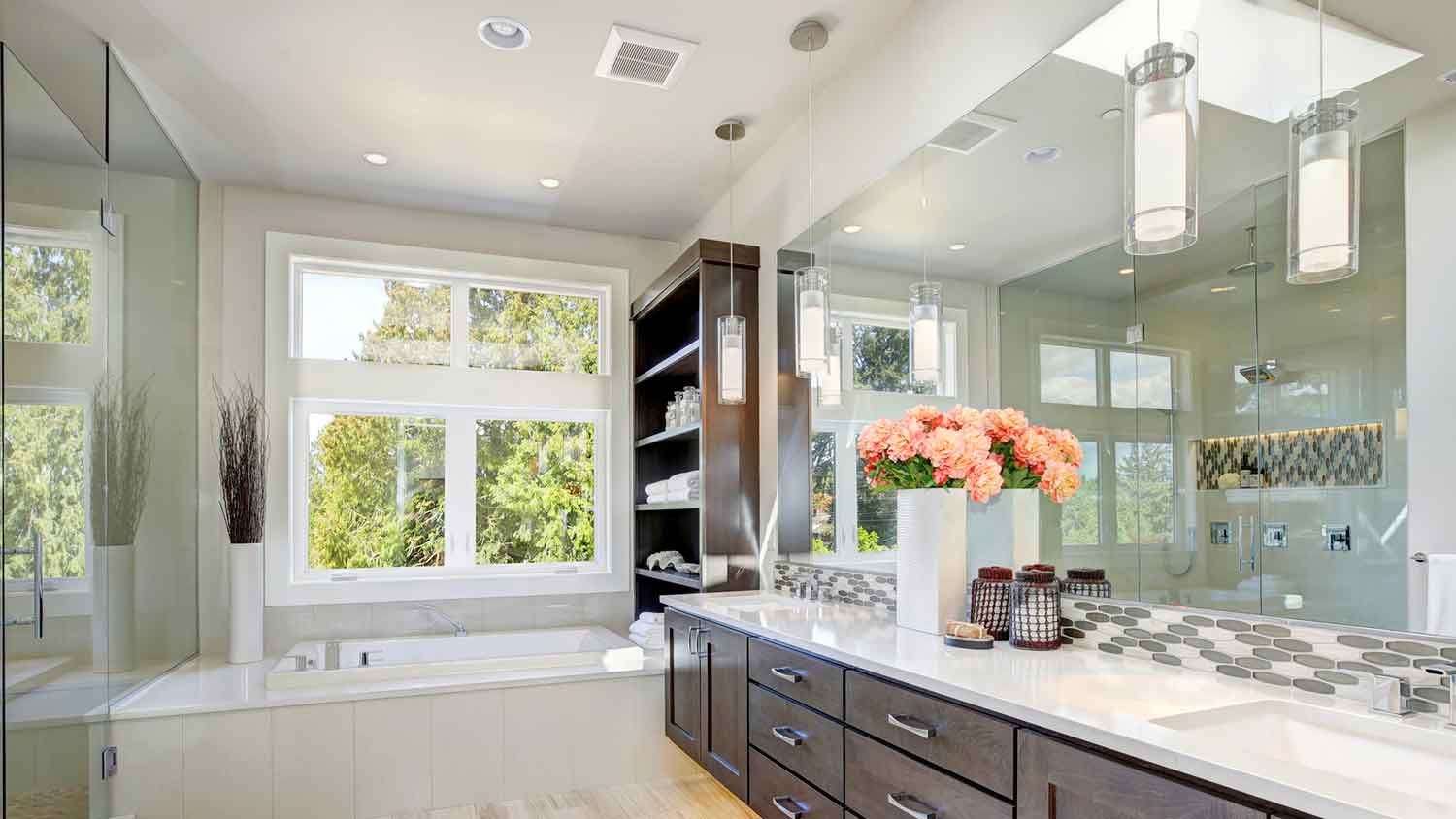Comprehensive Heat Pump Maintenance Checklist
Here’s how to keep your heat pump happy and healthy


A well-maintained heat pump will work efficiently and save energy, so you won’t have to bundle up with blankets in the winter or struggle to cool down in the summer. According to the US Department of Energy, the energy consumption of a properly maintained heat pump and one that is neglected varies between 10% and 25%. Follow these steps to keep your heating system working optimally for as long as possible.
Frequently Clean Your Heating Pump
Not cleaning the heat pump regularly can result in decreased airflow and performance as well as harm to your heating unit compressor. Read your owner’s manual for guidance.
Replace disposable filters or clean reusable filters once a month to increase the airflow.
Clean dirty coils and fans, especially outdoor ones. Make sure the fan is turned off before cleaning to avoid injury.
Clean the supply and return registers when they look dirty, and straighten the fins if they are bent.
Inspect Outdoor Heating Pumps
Clear away any plants, tools, or belongings near the outdoor unit to prevent blockages. Find a new spot for bicycles and toys that could impede airflow.
Clear a space of 18 inches or more on all sides to allow for sufficient airflow and access for any necessary heat pump repairs.
Clean outdoor coils with a degreaser and hose (turn it off first).
Beware of Winter Weather

If you live in an area with chilly winters, keep your home warm and cozy by checking for any ice and snow covering your outdoor heat pump.
Before cleaning, turn the thermostat off or switch it to emergency heat mode.
Pour warm water or cold water from the hose over the unit to help melt the snow and ice. Avoid using hot water to melt it.
Do not use any sharp or pointed objects to chip away the ice. Not only could you puncture or damage the unit, but you could injure yourself.
After removing all snow and ice, you can resume normal heating settings.
If you notice the unit icing up again, call a local heat pump repair company for professional assistance
Be sure the heat pump is at least 4 to 8 inches above the ground, so the coils steer clear of ice or snow and can drain properly. If it’s too low, your heating pump pro can raise it for you.
Check that the outdoor unit is not directly below a leaky gutter. Water from a leak could drip and freeze on the unit in cold temperatures, which can block airflow and cause the whole unit to freeze. Repair the leak to avoid a malfunctioning unit.
Get Your Heat Pump Serviced Regularly
Have a professional HVAC technician in your area perform an annual service on your heat pump. It’s even better if you can get a service every spring before running the AC and every fall before temperatures drop. According to HomeAdvisor, heat pump maintenance costs between $158 and $598. A technician will do the following:
Ensure proper thermostat function and sufficient airflow
Measure refrigerant levels and identify refrigerant leaks
Look for any duct leaks
Inspect all parts, including filters, ducts, blowers, and indoor coils
Look for any blockages
Inspect electrical terminals and apply a nonconductive coating if needed
Lubricate the motors and examine the belts
Flush the drain line
Clean debris from the drain pan
Address any common heat pump problems





- Furnace Repair
- Air Conditioning Repair
- HVAC Repairs
- Furnace Installation
- Wood & Pellet Stove Repair
- Dehumidifier & Humidifier Repair
- Heat Pump Companies
- Swamp Cooler Repair
- Wood Stove Services
- HVAC Companies
- Commercial A/C Repair
- Geothermal Installation
- Air Conditioning Installation
- Boiler Repair
- 24 Hour Furnace Repair
- Geothermal Repair
- Heat Pump Repair
- Humidifier Installation
- Thermostat Repair
- Thermostat Installation
- Nest Installation
- Heating & Cooling
- Heating Repair
- Furnace Cleaning
- Furnace Tune-Up
- HVAC Technicians
- Subcontractors
- Furnace Maintenance
- Plumbing & Heating Companies
- Wood Stove Inspection
- Mini Split Installation
- Wall Heater Repair
- Duct Installers
- What Is a Heat Pump and How Does It Work?
- Heat Pump Not Blowing Hot Air? 7 Issues That May Be the Culprit
- What Size Heat Pump Do I Need? How to Calculate the Right Size
- How Much Electricity Does a Well Pump Use? What You Need To Know for Your Home
- Is a Heat Pump Worth It? Pros, Cons, and Alternatives
- Heat Pump vs. Air Conditioner: What’s the Difference?
- How to Check Your Well Pump: Troubleshooting and Fixes
- Do Heat Pumps Heat and Cool?
- What’s the Average Cost to Run a Well Pump? [2024 Data]
- 8 Common Problems With Geothermal Heat Pumps










